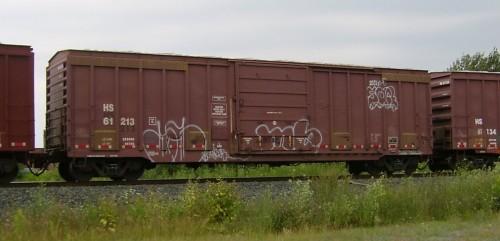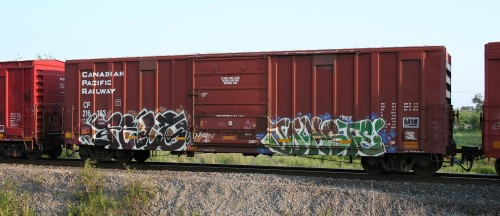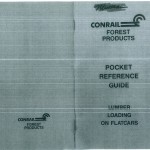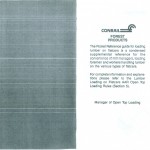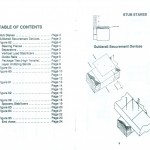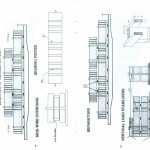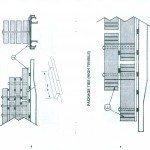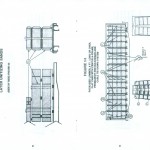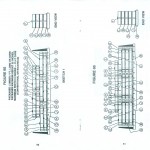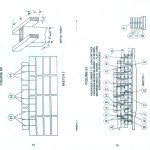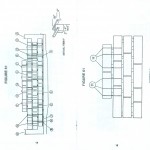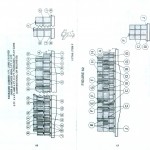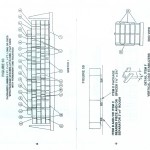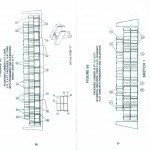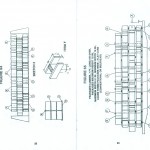A bonus extra post for today’s Freight Car Friday feature.
These cars bearing HS reporting marks are also common mixed in with the CP wood pulp service boxcars. These cars are leased to CP for wood pulp service by GE Railcar Services. These cars are a wild variety of seemingly random small sub-groups of cars from various builders (the above car is an FMC, while the bottom car is built by Berwick and coupled on both ends to other HS cars built by ACF) making any sort of even basic guesses as to their heritage impossible.
Most of these cars are older (early 1970s built) “plate B” cars rebuilt to raise the roof and extend the inside height from 10’6″ to 11’0″. All feature the distinctive carbody vents marking their assignment to wood pulp service. The Berwick car below also has reinforcing panels added to the car ends, as does a CP car coupled to the left of the HS 61554 above.
The top photo of a freshly shopped HS 61554 was taken in July 2015 at Hawk Junction, while the below photo of HS 61213 is at Sault Ste. Marie in August 2004.
Additional leased cars bearing short line reporting marks SLGG, OAR, BR and YVRR (the former two being more common in 2004 and not so much seen now, and the latter two coming on the scene more around 2012 or so) are also commonly mixed in to the wood pulp fleet.


